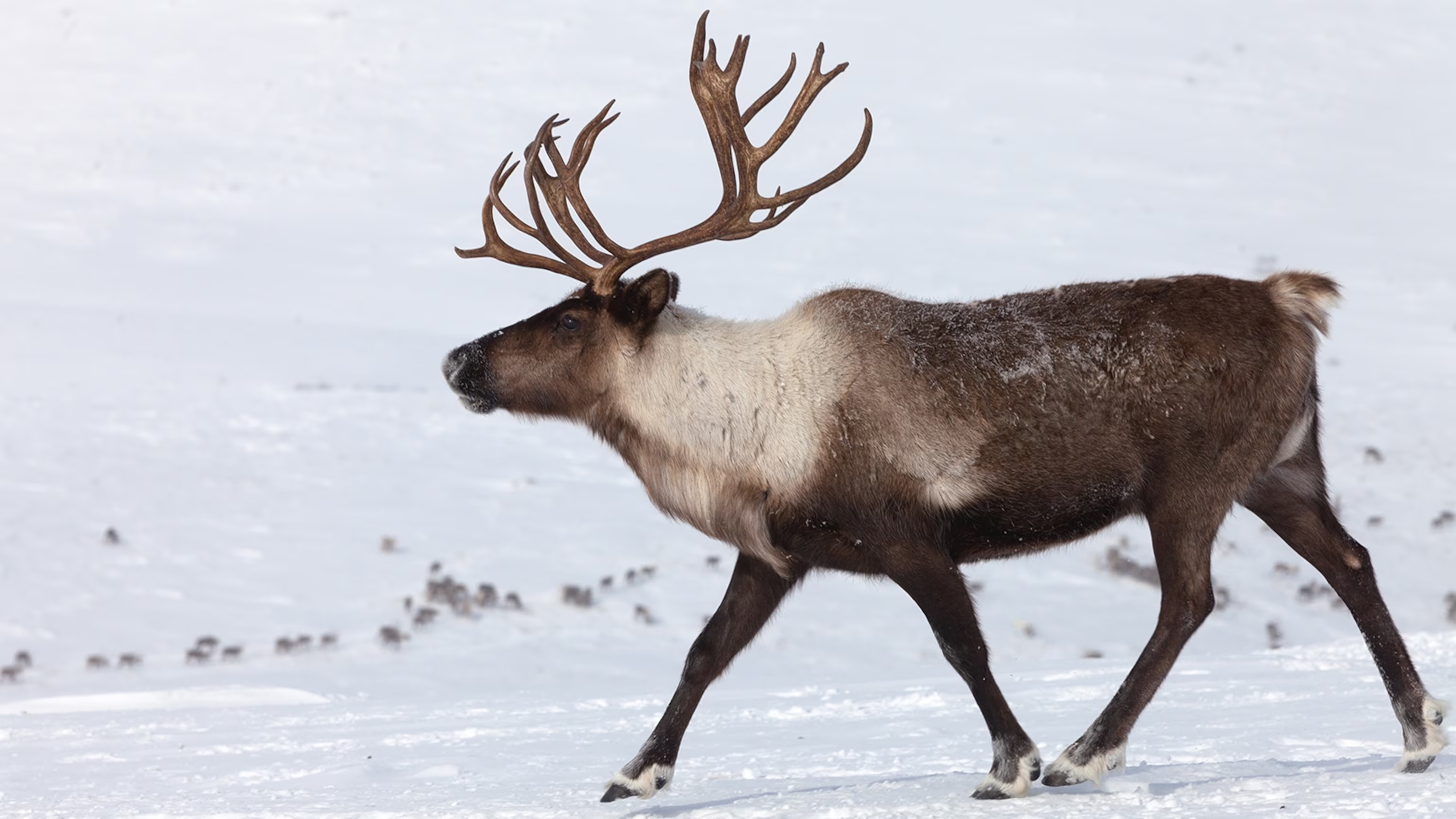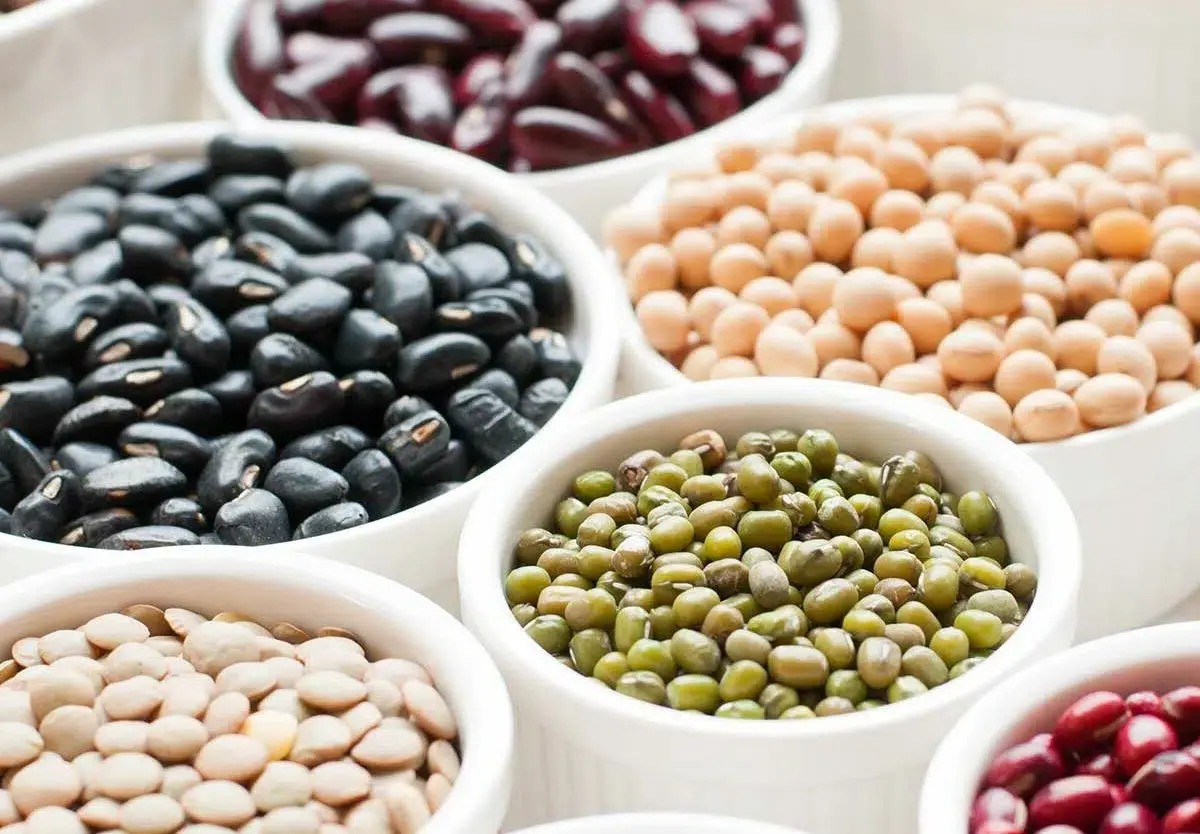
When it comes to fascinating creatures of the wild, caribou often top the list. These majestic animals, also known as reindeer in Europe and Asia, inhabit the northern regions of North America. Caribou are known for their incredible adaptations to arctic and subarctic environments, making them a true symbol of resilience and endurance. In this article, we will delve into 12 intriguing facts about caribou that will unveil their unique characteristics and behaviors. From their impressive antlers to their remarkable migration patterns, caribou have captured the imagination of nature enthusiasts and researchers alike. So, let’s embark on a journey of discovery and learn more about these captivating creatures.
Key Takeaways:
- Caribou, also known as reindeer, have impressive antlers, undertake long migrations, and play a vital role in indigenous cultures. However, their populations are declining due to various factors.
- Caribou are social animals with specialized hooves for navigating through snow and excellent swimming abilities. They are herbivores with a keen sense of smell, but they are facing population decline due to climate change and habitat loss.
Caribou are also known as reindeer.
Caribou, a species of deer found in the Arctic and subarctic regions, are commonly referred to as reindeer in Eurasia.
Caribou have impressive antlers.
Male caribou have large, branched antlers that can span up to 4 feet in width. These antlers are shed and regrown each year.
Caribou undertake long-distance migrations.
Caribou are known for their incredible migrations, often traveling hundreds of miles each year in search of food and breeding grounds.
Caribou have specialized hooves.
Their hooves are wide and concave, which helps them navigate through deep snow and provides excellent traction on slippery surfaces.
Caribou are herbivores.
These majestic animals primarily feed on grasses, sedges, lichens, and mosses.
Caribou have unique adaptations for cold weather.
Their fur is thick and insulating, and they also have a dense undercoat that helps keep them warm in frigid temperatures.
Caribou are social animals.
They form herds, ranging in size from a few individuals to thousands, for protection and to increase their chances of finding food.
Caribou calves can walk shortly after birth.
Within just a few hours of being born, caribou calves are able to stand on their own and join their mothers on the move.
Caribou are excellent swimmers.
When confronted with the need to cross rivers or lakes, caribou display remarkable swimming abilities, easily navigating through the water.
Caribou have a keen sense of smell.
They rely on their sense of smell to detect predators and locate food sources in their expansive habitats.
Caribou play an important role in indigenous cultures.
For many indigenous communities, caribou hold deep cultural and spiritual significance and provide a vital source of food and materials.
Caribou populations are declining.
Due to various factors such as climate change, habitat loss, and predation, caribou populations are experiencing significant decline in many regions.
Conclusion
Caribou, also known as reindeer in some parts of the world, are fascinating creatures that inhabit the cold regions of the northern hemisphere. These majestic animals possess unique adaptations that allow them to thrive in harsh environments. From their impressive antlers to their incredible migration patterns, caribou are truly a marvel of nature.In conclusion, caribou are an essential part of the Arctic ecosystem and have a significant cultural and ecological importance. Understanding these 12 facts about caribou enables us to appreciate and protect these magnificent creatures for future generations.
FAQs
1. How do caribou survive in the cold?
Caribou have a thick, insulating coat and a layer of fat that helps them withstand extremely low temperatures.
2. Do all caribou have antlers?
No, only male caribou have antlers, and they grow a new set each year.
3. Why do caribou migrate such long distances?
Caribou migrate to find food and escape harsh weather conditions, such as deep snow or biting insects.
4. How fast can caribou run?
Caribou can run at speeds of up to 50 miles per hour.
5. Are caribou and reindeer the same?
Yes, the terms caribou and reindeer are often used interchangeably and refer to the same species.
6. Do caribou have predators?
Yes, caribou have predators such as wolves, bears, and humans.
7. How long do caribou live?
Caribou can live up to 15 years in the wild.
8. What do caribou eat?
Caribou primarily feed on lichens, grasses, mosses, and shrubs.
9. Can caribou swim?
Yes, caribou are excellent swimmers and can cross lakes and rivers during migration.
10. How many calves do caribou typically have?
Caribou usually give birth to one calf per year.
11. Are caribou herds declining?
Some caribou herds are experiencing population declines due to factors such as habitat loss and climate change.
12. What is the importance of caribou to indigenous cultures?
Caribou have deep cultural significance for indigenous communities, providing food, clothing, and a spiritual connection to the land.
Caribou, also known as reindeer, are fascinating creatures with unique adaptations and behaviors. From their impressive antlers to their long-distance migrations, these herbivores have captured the attention of people around the world. If you're curious about the difference between caribou and reindeer or want to learn more about influential figures like Susan Collins, keep exploring our website for more captivating facts and stories.
Was this page helpful?
Our commitment to delivering trustworthy and engaging content is at the heart of what we do. Each fact on our site is contributed by real users like you, bringing a wealth of diverse insights and information. To ensure the highest standards of accuracy and reliability, our dedicated editors meticulously review each submission. This process guarantees that the facts we share are not only fascinating but also credible. Trust in our commitment to quality and authenticity as you explore and learn with us.


